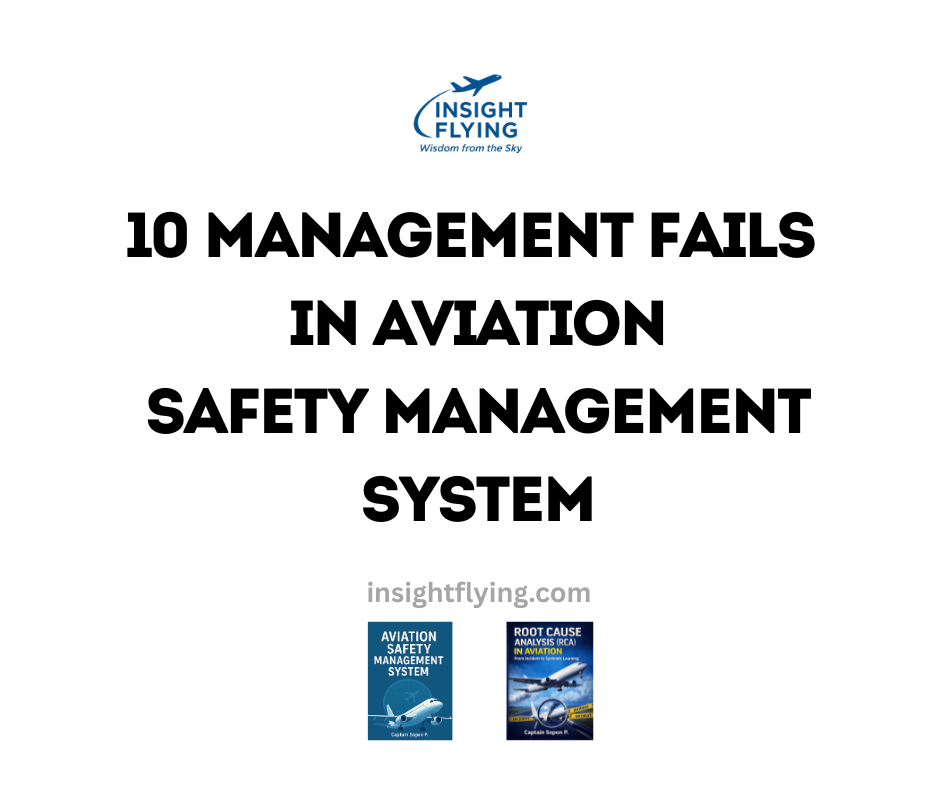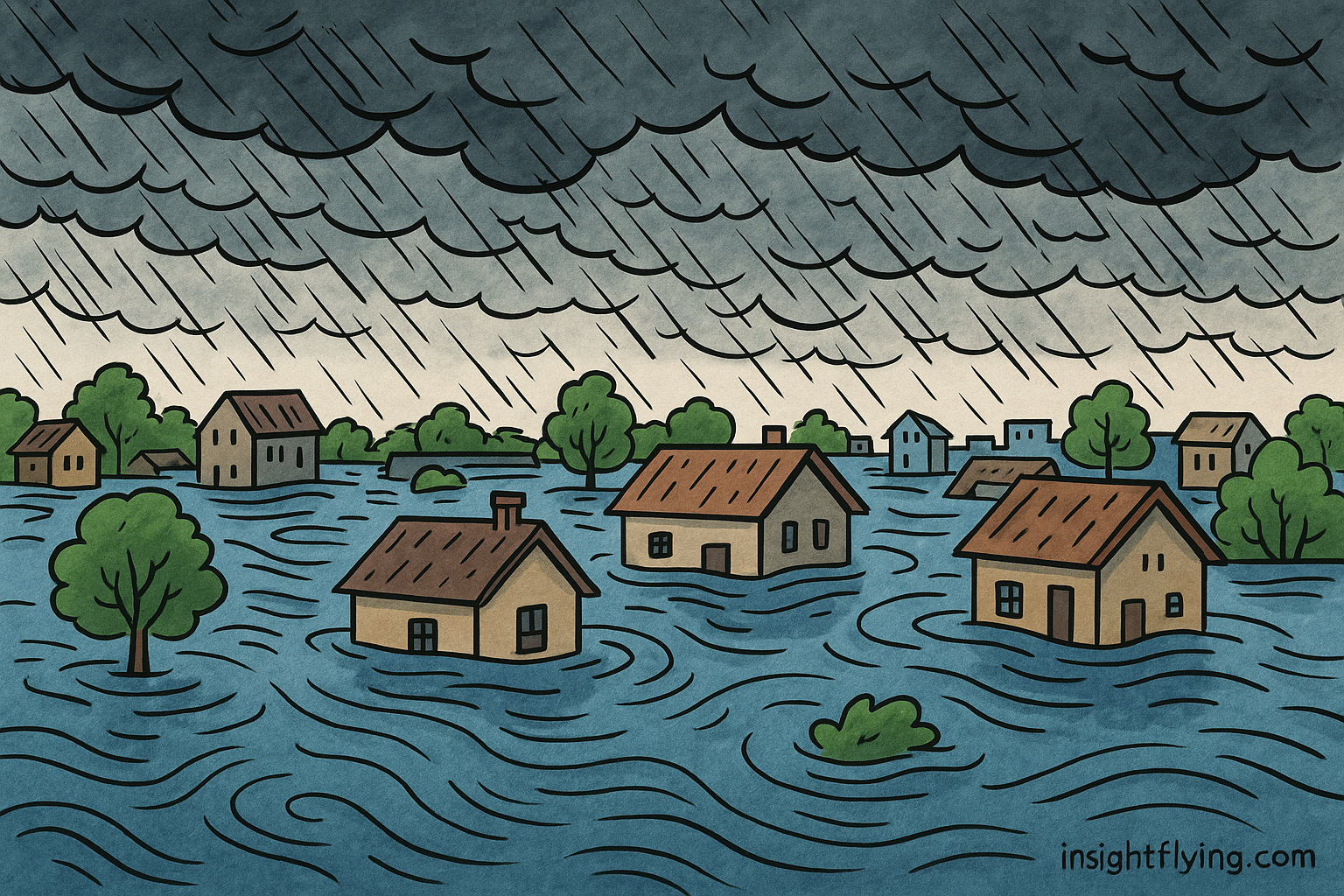Clouds are classified mainly by their appearance and altitude. The World Meteorological Organization (WMO) recognizes ten main types, grouped into four families based on height.
1. High Clouds (Above 20,000 ft) – เมฆสูง
- Cirrus (Ci) – Thin, wispy clouds. Usually a sign of fair weather but can indicate an approaching warm front.
- Cirrostratus (Cs) – Thin, veil-like clouds covering the sky, often producing a halo around the sun or moon.
- Cirrocumulus (Cc) – Small, white patches, often in ripples; sometimes called “mackerel sky.”
2. Middle Clouds (6,500 – 20,000 ft) – เมฆกลาง
- Altostratus (As) – Gray or bluish sheets covering the sky, often preceding continuous rain.
- Altocumulus (Ac) – White or gray patches forming layers or waves, can signal unsettled weather.
3. Low Clouds (Surface – 6,500 ft) – เมฆต่ำ
- Stratus (St) – Uniform gray clouds, covering the sky like a blanket; can bring drizzle or mist.
- Stratocumulus (Sc) – Low, lumpy clouds, often with breaks of blue sky; less likely to bring heavy rain.
- Nimbostratus (Ns) – Thick, dark layers covering the sky, producing steady and prolonged rain or snow.
4. Clouds with Vertical Development – เมฆก่อตัวในแนวดิ่ง
- Cumulus (Cu) – Puffy, cotton-like clouds with flat bases; generally fair weather, but can grow.
- Cumulonimbus (Cb) – Towering thunderstorm clouds; bring heavy rain, lightning, turbulence, hail, and severe hazards for aviation.
✈️ Pilot’s Note:
- Cumulonimbus (Cb) is the most dangerous cloud for flight operations. It is associated with turbulence, icing, wind shear, and lightning.
- Recognizing clouds is not just academic—it’s a vital skill in flight planning and in-flight decision-making.
Cloud Types and Aviation Impact
| Cloud Type | Height | Appearance | Weather | Aviation Impact |
|---|---|---|---|---|
| Cirrus (Ci) | High (>20,000 ft) | Wispy, feather-like | Fair weather, possible sign of approaching front | Generally no hazard |
| Cirrostratus (Cs) | High | Thin veil, halo around sun/moon | Precedes warm front, light precipitation | May indicate deteriorating weather |
| Cirrocumulus (Cc) | High | Small ripples, “mackerel sky” | Fair, but unstable aloft | Rarely hazardous |
| Altostratus (As) | Middle (6,500–20,000 ft) | Gray/blue sheets, cover sky | Continuous rain/snow likely | Obscures terrain, potential icing |
| Altocumulus (Ac) | Middle | White/gray patches, waves | Possible thunderstorms later | Moderate turbulence, icing risk |
| Stratus (St) | Low (<6,500 ft) | Gray uniform layer | Drizzle, fog-like | Low visibility, ceiling restriction |
| Stratocumulus (Sc) | Low | Lumpy, broken cloud | Light rain possible | Generally not hazardous, but lowers ceiling |
| Nimbostratus (Ns) | Low–Mid | Thick, dark, widespread | Steady rain/snow | Significant visibility reduction, icing |
| Cumulus (Cu) | Vertical | Puffy, cotton-like | Fair weather (small Cu) | Moderate turbulence if growing |
| Cumulonimbus (Cb) | Vertical (surface–>40,000 ft) | Towering, anvil top | Thunderstorms, heavy rain, hail, lightning | Severe hazard: turbulence, wind shear, icing, lightning |
✈️ Pilot’s Insight:
- Avoiding Cumulonimbus (Cb) is a golden rule. Even with today’s advanced radar, detouring around storm cells is mandatory for safety.
- Altostratus and Nimbostratus often signal long periods of poor visibility—critical for approach and landing planning.
- Low stratus can reduce ceiling below landing minima, forcing diversion.
ชนิดของเมฆและผลกระทบต่อการบิน
| ชนิดเมฆ | ระดับความสูง | ลักษณะ | สภาพอากาศ | ผลกระทบต่อการบิน |
|---|---|---|---|---|
| Cirrus (Ci) | สูง (>20,000 ฟุต) | เมฆขาวบางเป็นเส้นขนนก | อากาศดี แต่บ่งบอกการเปลี่ยนแปลง | ไม่เป็นอันตราย |
| Cirrostratus (Cs) | สูง | บางคล้ายผ้าคลุม เห็นวงแสงรอบดวงอาทิตย์/ดวงจันทร์ | มักเกิดก่อนแนวอากาศอุ่น ฝนกำลังมา | สัญญาณอากาศแย่ลง |
| Cirrocumulus (Cc) | สูง | เม็ดเล็ก ๆ คล้ายเกล็ดปลา “มักเคอเรลสกาย” | อากาศดี แต่แสดงถึงความไม่เสถียร | อันตรายน้อย |
| Altostratus (As) | กลาง (6,500–20,000 ฟุต) | สีเทา/น้ำเงิน ปกคลุมทั่วท้องฟ้า | ฝนตกหรือหิมะต่อเนื่อง | บดบังภูมิประเทศ เสี่ยงน้ำแข็งเกาะ |
| Altocumulus (Ac) | กลาง | ก้อนสีขาว/เทา เรียงเป็นระลอก | มีโอกายเกิดพายุฝนฟ้าคะนอง | ความปั่นป่วน-น้ำแข็งเกาะ |
| Stratus (St) | ต่ำ (<6,500 ฟุต) | ชั้นสีเทา เรียบ เหมือนหมอก | ฝนปรอย หมอกหนา | ทัศนวิสัยต่ำ จำกัดเพดานบิน |
| Stratocumulus (Sc) | ต่ำ | ก้อนล่างเป็นชั้น ๆ มีช่องฟ้า | ฝนอ่อน ๆ | ไม่รุนแรง แต่เพดานต่ำ |
| Nimbostratus (Ns) | ต่ำ–กลาง | หนา สีเทาดำ ปกคลุม | ฝน/หิมะต่อเนื่อง | ทัศนวิสัยต่ำ น้ำแข็งเกาะ |
| Cumulus (Cu) | ก่อตัวแนวดิ่ง | ปุยขาว ฐานราบ | อากาศดี (ถ้าเล็ก) แต่ถ้าโตอาจเป็นพายุ | ความปั่นป่วน |
| Cumulonimbus (Cb) | แนวดิ่ง (ผิวดิน–>40,000 ฟุต) | สูงทะลุฟ้า มียอดเป็นทั่ง (Anvil) | พายุฝนฟ้าคะนอง ฝนหนัก ลูกเห็บ ฟ้าแลบ | อันตรายสูงสุด: Turbulence, Wind Shear, Icing, Lightning |
-
10 Management Fails in Aviation SMS

10 Management Failures in Aviation SMS Safety Management System (SMS) is not just a regulatory requirement under ICAO Annex 19. It is a management system that must be actively led, enabled, and modelled by the organization’s leadership. Many aviation organizations invest heavily in documentation, training, and compliance audits — yet still struggle to reduce operational…
-
10 ความล้มเหลวของผู้บริหารในการบริหาร Aviation SMS

ระบบการจัดการด้านความปลอดภัย (Safety Management System – SMS) ไม่ใช่เพียงข้อกำหนดจาก ICAO Annex 19 หรือข้อบังคับของรัฐ แต่เป็น “ระบบบริหาร” ที่ต้องได้รับการขับเคลื่อนจากผู้บริหารระดับสูงลงสู่ปฏิบัติการจริง หากผู้บริหารมอง SMS เป็นเพียงงานความปลอดภัยส่วนกลาง หรือเป็นงานที่ต้องทำตามกฎหมาย ระบบนี้จะกลายเป็นเพียงงานเชิงเอกสารที่ไม่สามารถลดความเสี่ยงในปฏิบัติการได้จริง ในบทนี้ เราจะเจาะลึก 10 ความล้มเหลวที่พบบ่อยที่สุดของผู้บริหารในอุตสาหกรรมการบินทั่วโลก พร้อมตัวอย่างจริงที่เกิดขึ้นในสายการบิน, MRO, ANSP และผู้ให้บริการภาคพื้น เพื่อให้ผู้อ่านเข้าใจว่าเพราะเหตุใด SMS ขององค์กรบางแห่ง “ทำงานไม่ขึ้น” แม้จะมีเอกสารครบตามข้อกำหนด 1) มอง SMS เป็นงานเอกสาร เพื่อให้ผ่าน Audit มากกว่าการบริหารความเสี่ยง นี่เป็นปัญหาที่พบในหลายองค์กร โดยเฉพาะองค์กรที่เพิ่งได้รับ requirement จาก Regulator ภาพลักษณ์ที่เห็นบ่อย ตัวอย่างในโลกจริง สายการบินแห่งหนึ่งมีผู้ตรวจจากหน่วยงานรัฐมาทำ Audit ทุกปี ก่อนตรวจจริง 2 เดือน ทีม SMS ต้องรวบรวมหลักฐานจำนวนมาก…
-
Precipitation / การตกของฝนหรือหิมะ

What is Precipitation? / ความหมายของ Precipitation Precipitation is any form of water particle that falls from the atmosphere to the Earth’s surface. It forms when water vapor in the atmosphere condenses into droplets or ice crystals large enough to fall under gravity.Precipitation คือรูปแบบใด ๆ ของหยดน้ำหรือผลึกน้ำแข็งที่ตกจากบรรยากาศลงสู่พื้นโลก เกิดขึ้นเมื่อไอน้ำในอากาศควบแน่นจนกลายเป็นหยดน้ำหรือผลึกน้ำแข็งขนาดใหญ่พอที่จะตกลงตามแรงโน้มถ่วง How It Develops (Formation Process) / การเกิดและพัฒนาการของ Precipitation The…
